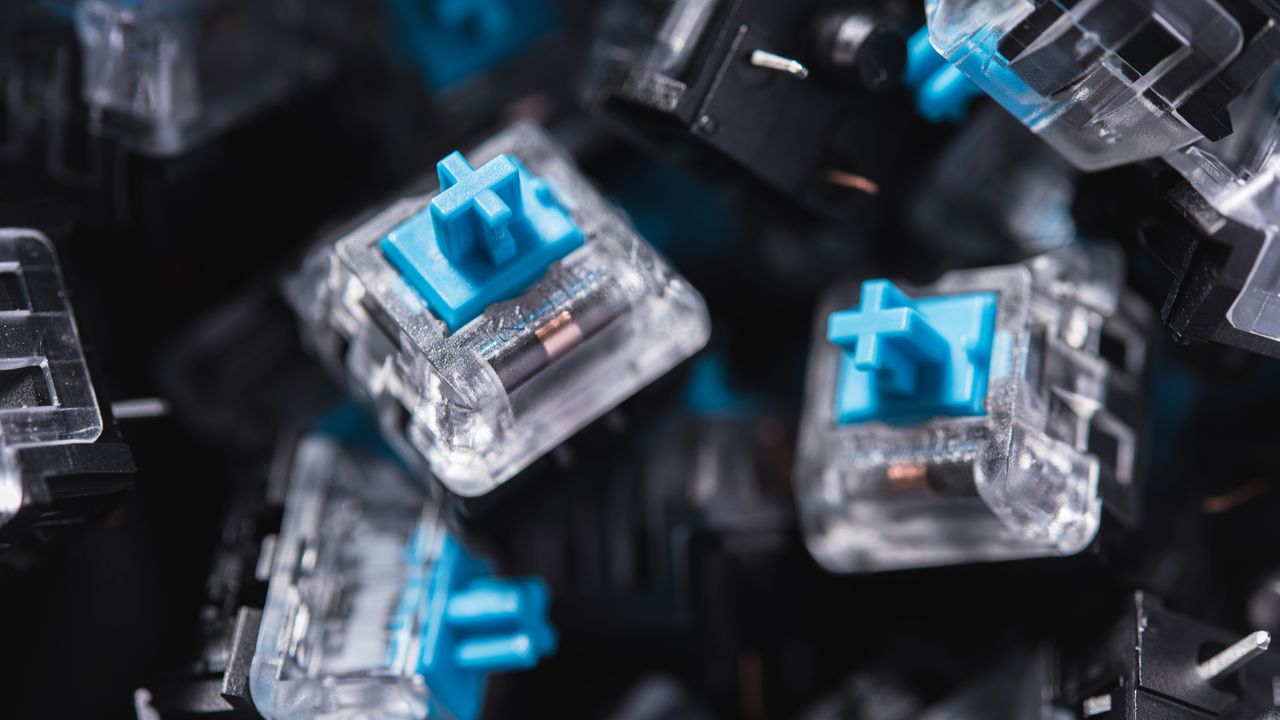From DIYers to photographers
Looming tariffs are already making electronics shopping harder.
If I knew how much I’d end up loving my Logitech mice, I would’ve taken better care of them from the start. The MX Master 3S and Lift are my favorite mice for productivity, but their rubber coating can get grimy quickly. My white MX Master 3S looks especially shameful atop my desk, so I’ve been considering purchasing a replacement for a while.
Overturning my plans, though, Logitech recently raised prices across 51 percent of its portfolio, as detailed by YouTube channel Cameron Doughterty Tech. The firm has raised prices by as much as 25 percent.
The MX Master 3S I just mentioned is now $120, which is $20 more than before. That 20 percent increase makes it even harder to justify a new mouse, which I already considered a luxury purchase.
Logitech didn’t respond to Ars Technica’s requests for comment about the price changes and what drove them. But it’s largely suspected that higher prices are due to tariffs expected to hit goods imported from China soon. Mice and keyboards face a 20 percent tariff, but that could change, including by May 2, when the duty-free de minimis exemption is set to end. On April 10, Logitech withdrew its outlook for fiscal year 2026, “given the continuing uncertainty of the tariff environment.”
As manufacturers and Americans lack clarity on how tariffs will ultimately impact their wallets, companies like Logitech are preparing by raising prices and delaying or halting product releases in the US.
“More expensive and more annoying to get”
I pretty much always consider myself in the market for a new mechanical keyboard, but some options are off the table. Qwerteykeys, for example, markets itself as an alternative to mechanical keyboards that are expensive due to their brand name. It gets its parts from Guangdong, China, and the company announced on April 18 that “US customers are responsible for possible 20 percent tariff and customs clearance fee,” while acknowledging that “situations may change daily” and urging customers to:
Please consider your purchase thoroughly before ordering.
Providing more detail around how tariffs impact a company like Qwerteykeys and its customers, the company noted that DHL, its “primary shipping partner,” will start charging a minimum handling fee of 17 percent plus 20 percent of the declared value as import duty starting May 2.
Meanwhile, Keyboardio, known for high-end, split mechanical keyboards, paused US orders as of April 23. In a blog post, the company said it fulfills orders out of Hong Kong because it’s “close to our factory, reasonably priced, and can easily handle fulfilling orders going all around the world.” The blog said:
The exact mechanics of how this is going to work are fuzzy. While we expect that people will stop importing as much due to tariffs making it unaffordable, it still implies a lot of additional work for custom[s]. It’s not clear to us—or the carriers—that customs is staffed up to handle this increased volume, and we’re expecting that any packages arriving to the USA once the de minimis rule goes away may have long processing delays.
Keyboardio also highlighted uncertainty around “which carriers will be operating, what documentation we’ll need (possibly including customers’ social security numbers), what clearance fees or additional customs bond fees will be assessed, or most critically, what the actual delivery timeline will be.”
Keyboardio admitted that if it does start shipping to the US again, its products are “going to be more expensive and more annoying to get.”
With many mechanical keyboard switches coming from China as well, building mechanical keyboards will likely get more costly and complicated soon, too.
I’m not alone
The looming threat of tariffs is throwing a wrench into the plans of all types of technology enthusiasts. People who love things like computers, computer peripherals, maker projects, and retro gaming are all being impacted, regardless of their political or economic viewpoints. As the world waits to see how the US tariff situation plays out, hobbyists wonder if we’ll be able to make that upgrade or finish a project with manageable costs.
DIY projects, for instance, have been thrown into disarray as tariffs make budgets and timelines difficult to predict. Prices are in flux at retailers like AliExpress, which sells maker materials like 3D-printing filament, 3D-printed parts, solder, cable, wires, small screens, and development boards. If Chinese imports are taxed at higher rates next month, these components will likely get pricier and harder to find.
There’s been a lot of talk about how tariffs might impact the Nintendo Switch 2’s price. Some analysts expect a price bump, perhaps next year, if tariffs continue. New gaming consoles are often hard to find when they come out, but the likelihood of the Switch 2 getting more expensive may exacerbate stock concerns. Impending tariffs have already affected prices for Switch 2 accessories. On April 18, Nintendo increased prices for Switch 2 add-ons, “due to changes in market conditions.”
Even retro gaming isn’t immune to tariff chaos; several retro console makers—Anbernic, Retroid, and AYN—have delayed shipments. It’s unclear what pricing, availability (including different colorways), and shipping times will look like should shipping resume.
Less pressing, but still notable, is the potential for tariffs to essentially turn physical game discs into a form of retro gaming, too. As we’ve previously reported, tariffs on goods imported from Mexico could lead to new physical game discs being non-existent in the US. Most game discs are made in Mexico, so it’s possible that physical games subject to new Mexican tariffs would “simply not get made, with [publishers] moving to an all digital strategy,” Circana analyst Mat Piscatella said via Bluesky in March. Donald Trump has since suspended plans for a 25 percent tariff on most Mexican imports, but with the US president frequently flip-flopping on tariffs, anything’s possible.
Mainstream gadgets getting elusive
Even people with broader, more mainstream tech interests see tariffs impacting their options.
Guangondong-headquartered OnePlus hasn’t confirmed it, but the surprisingly inflated price of its Watch 3 ($500 instead of the $330 it was first announced at) is likely due to tariffs.
If you were hoping to buy a new laptop this year, your selection may also be limited. Earlier this month, Framework “temporarily” paused sales of some laptop configurations in the US, and we don’t know when they might be available again. Razer hasn’t confirmed why, but it also isn’t selling certain laptop configurations, or even its new laptop stand, in the US.
In February, CEO Jason Chen warned that prices for Acer PCs sold in the US would increase by 10 percent in response to tariffs. Asus has already raised prices of some of its computers, and last month, a company representative suggested to Mashable that more price hikes are possible.
“Unfortunately, since things are constantly changing as we receive new information, we don’t have a finalized list,” Asus’ spokesperson told the publication.
More PC OEMs are likely to follow suit. Earlier this month, Morgan Stanley said that the “most viable path forward” for hardware vendors is to raise prices.
“Raising prices is the most likely mitigation tool, in our view (all imports now face tariffs, so the playing field has been somewhat leveled), but it’s inflationary and guaranteed to negatively impact demand, given the severity of some pricing increases,” the analyst wrote in early April.
Photographers and people buying chargers are also being hit. There’s no way around it. Trump’s tariffs can have a major impact on all of our electronics, from mainstream purchases to hobbyist endeavors. Those hoping to ignore the impacts of the current political landscape are seeing their heads forced out of the sand by tariffs.
We still have days before the duty-free de minimis exemption ends. Between now and the rest of Trump’s term, though, US tariffs could continue to sway. What we do know, though, is that buying electronics is now more expensive.
Scharon is a Senior Technology Reporter at Ars Technica writing news, reviews, and analysis on consumer gadgets and services. She’s been reporting on technology for over 10 years, with bylines at Tom’s Hardware, Channelnomics, and CRN UK.




